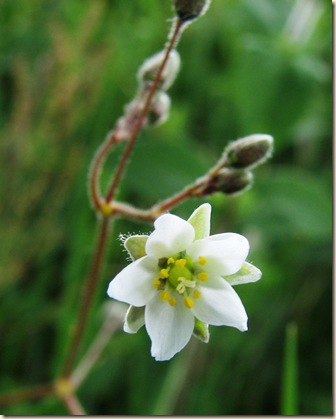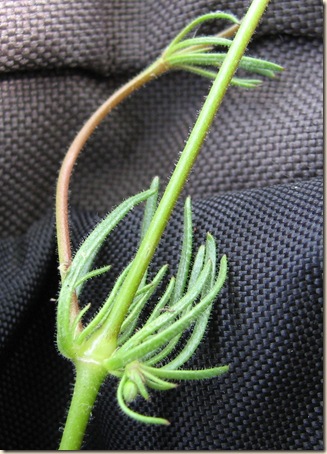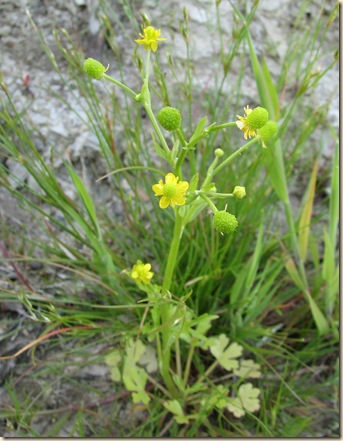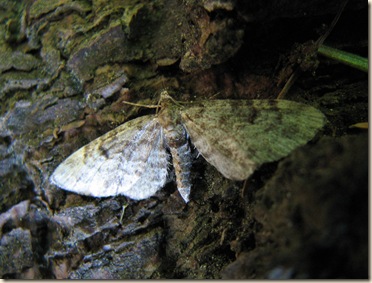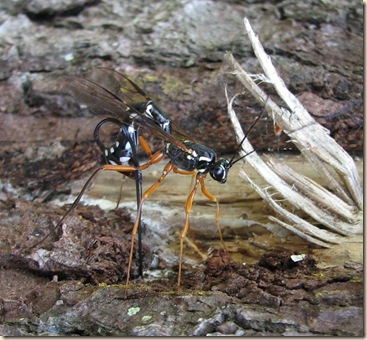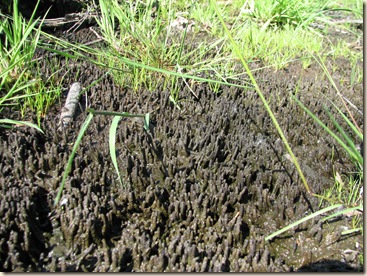There are quite a few plants of corn spurrey (Spergula arvensis) currently in flower on the area south of the orchard that was cleared of dense Norway spruce last summer.
The plant is an ancient introduction, a so-called archaeophyte. It was once widespread on arable and disturbed ground but is now in rapid decline due to agricultural improvement. Some of its seeds, however, are thought to remain viable for a very long time and the plants in the former spruce plantation have almost certainly come from a pre-conifer seed bank.
It requires acid, sandy soil and does not grow on chalk or limestone. It was once a problem weed and is a sign of poor ground. In Shetland where it is called 'meidi' any quantity of the plant was regarded as a sign that the ground needed more manure.
As well as meidi there are many other country names, a sure sign that the plant was important from the way it indicated soil deficiencies. These names include beggar-weed, bottle brush, cowquake, dother, farmer’s ruin, franke, granyagh, lousy grass, makebeg, make-beggar, mountain flax, pick pocket, pickpurse, poverty weed, sand-grass, sandweed, spurry, yarr, yarrel, yawr and yur.
The leaves of the plant are very distinctive being arranged in whorls and rather widely spaced along the stems. They are also quite sticky from glandular hairs.
